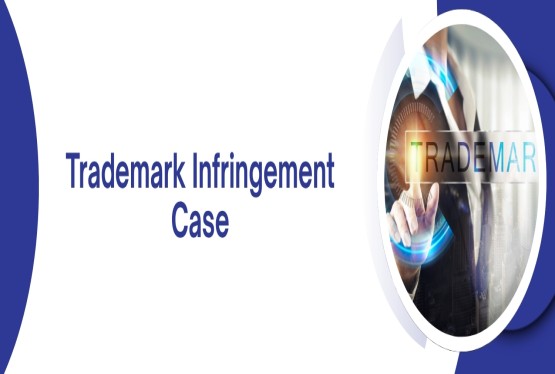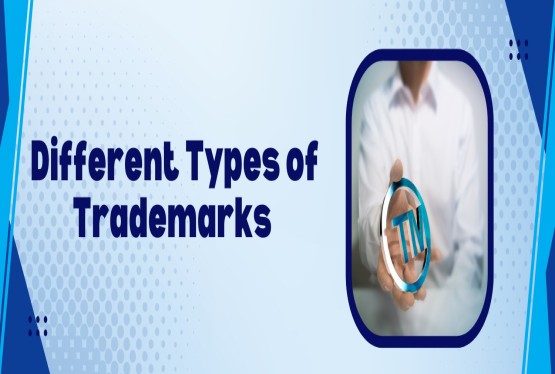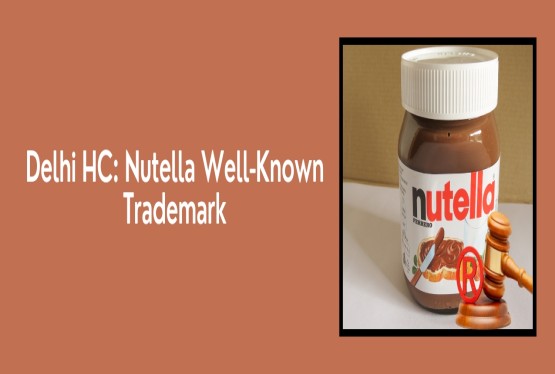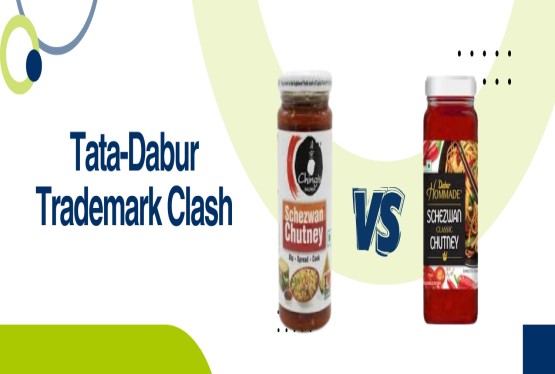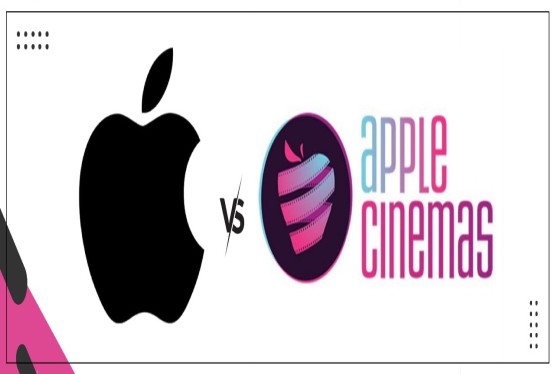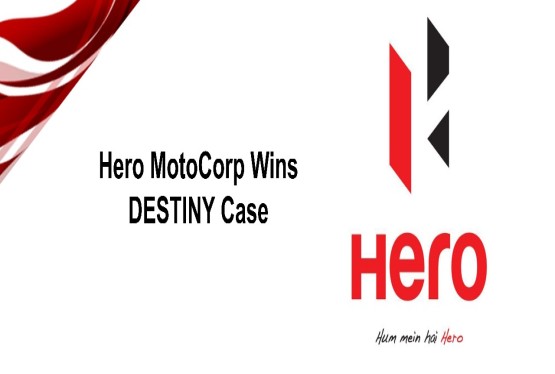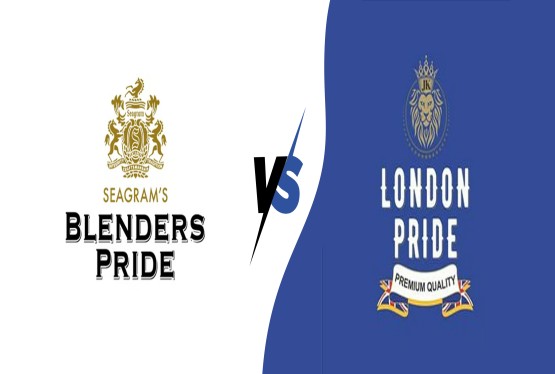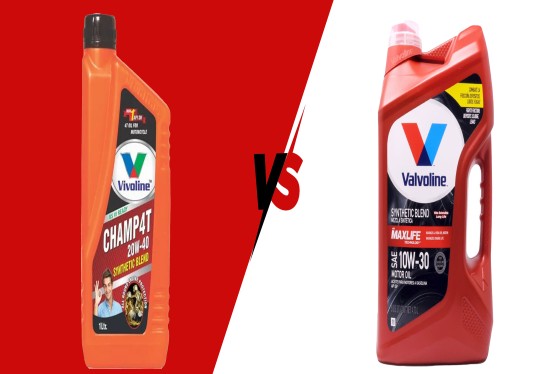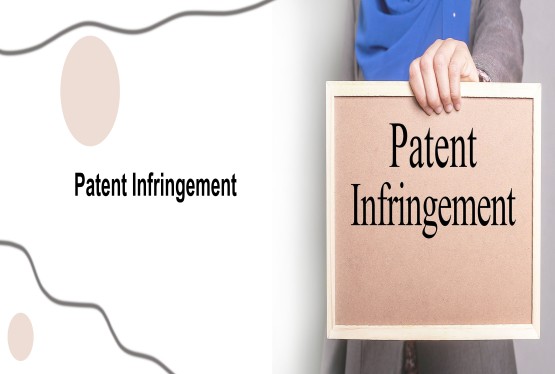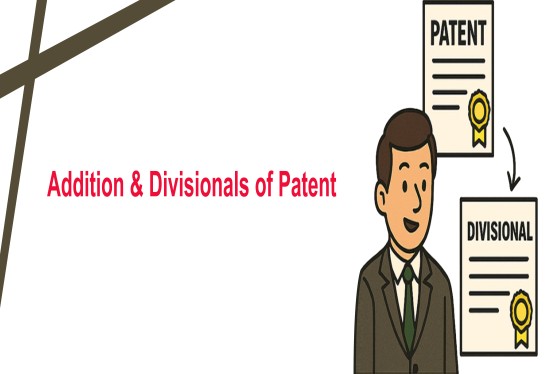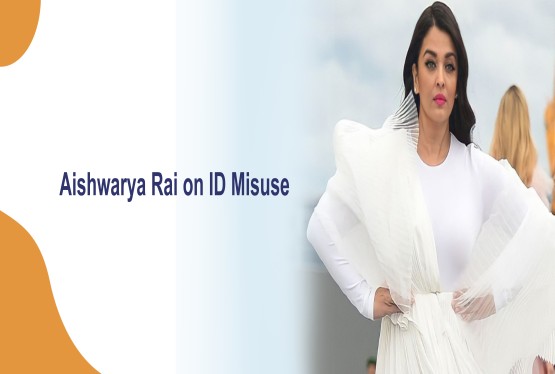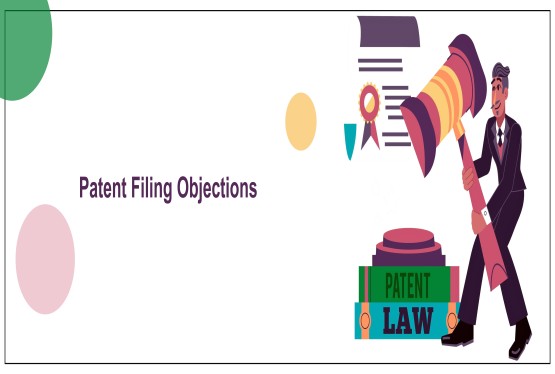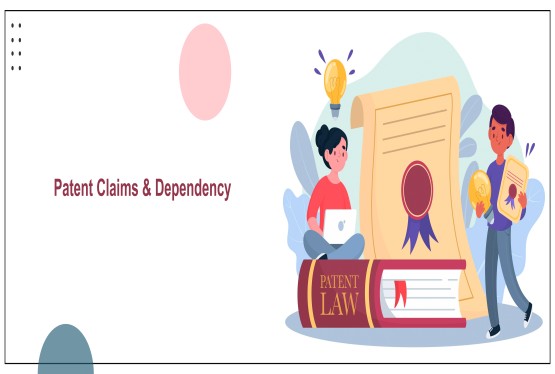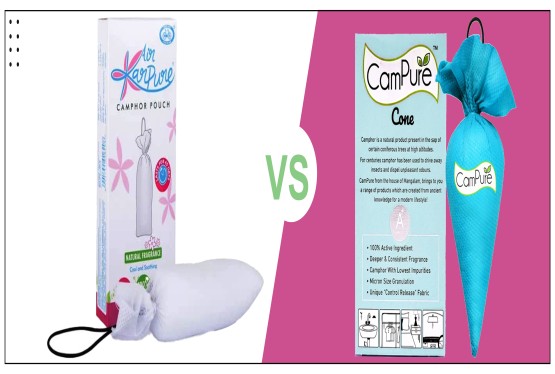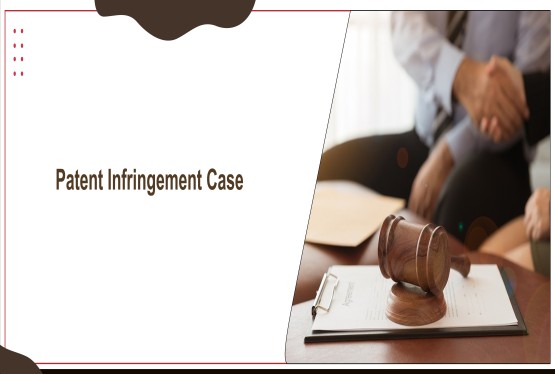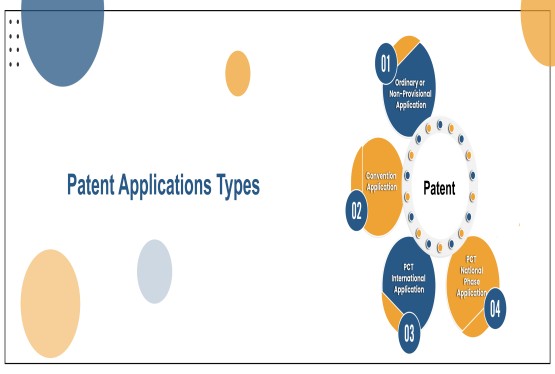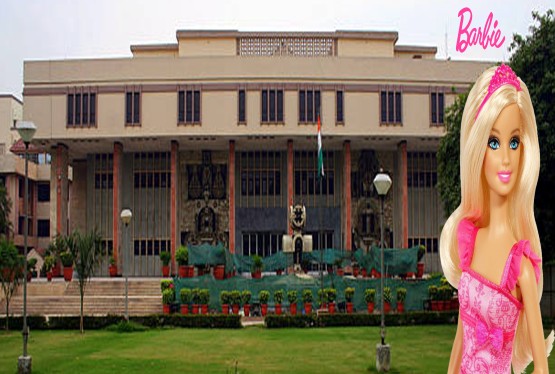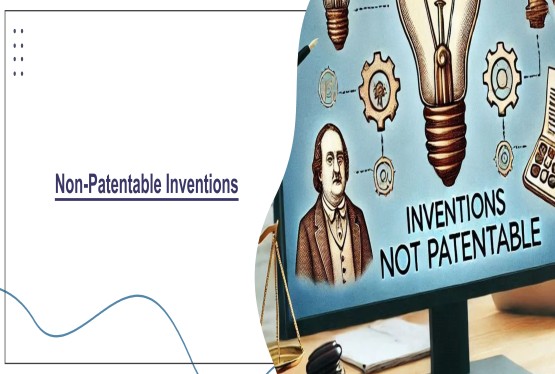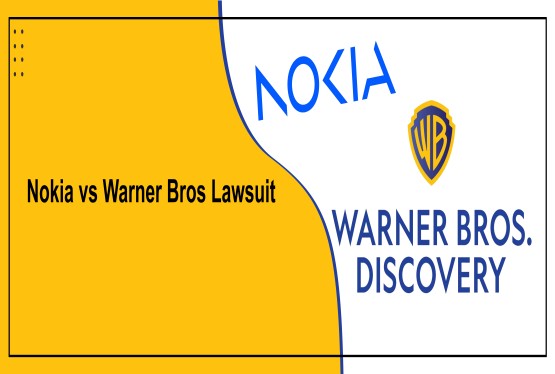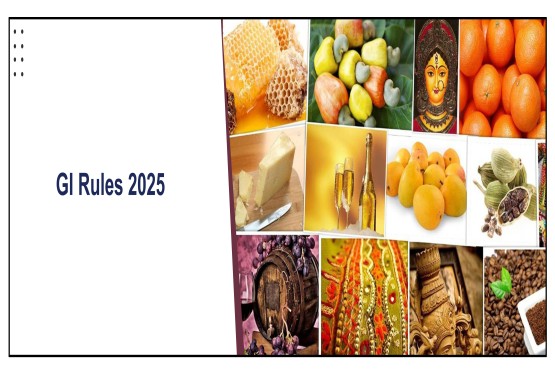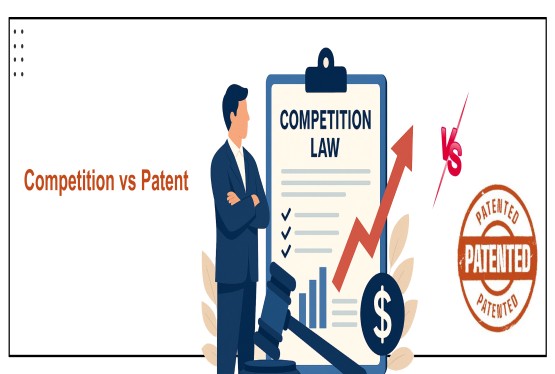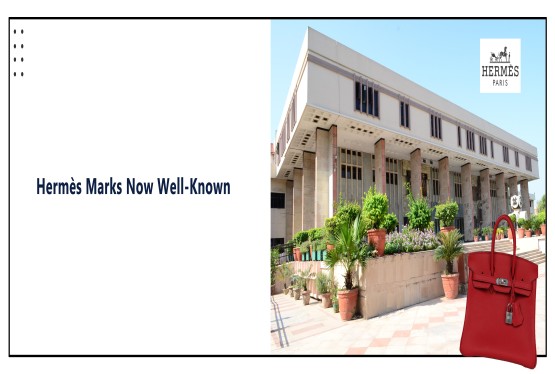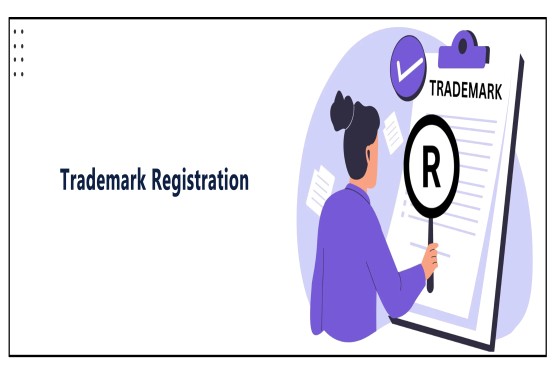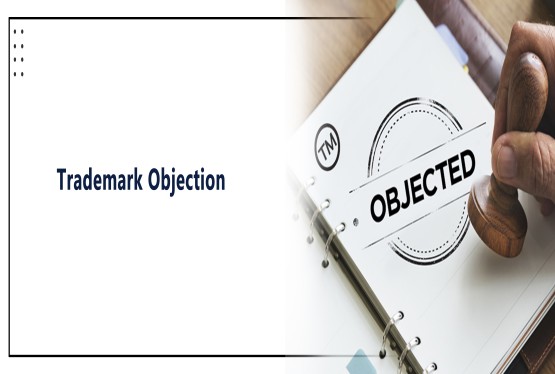Issue Involved
Primary Issue Before the Delhi High Court
The central question before the Delhi High Court was whether the television commercial (TVC) and print advertisements issued by Patanjali for its “Patanjali Special Chyawanprash” crossed the legal boundaries of comparative advertising and resulted in both generic and specific disparagement of Dabur’s “Dabur Chyawanprash” as well as the entire class of Chyawanprash products. This required an examination of the claims considering the Trademarks Act, 1999, the Drugs and Cosmetics Act, 1940, and established principles governing comparative advertising.
Learn more about trademark registration.
Implication of the Phrase “Ordinary Chyawanprash”
A key allegation was that the use of the phrase “ordinary Chyawanprash” in contrast to “Patanjali Special Chyawanprash” conveyed an implied message to consumers that competitors’ products, including Dabur’s, were inferior. Dabur argued that such language was more than mere sales puffery it was a direct attempt to position all other Chyawanprash products as lacking in quality and authenticity. This was particularly significant because Dabur’s own marketing prominently features “40+ herbs,” a detail directly referenced in Patanjali’s print ads when questioning why consumers should settle for Chyawanprash with only 40 herbs.
Claims Regarding Ayurveda and Vedic Knowledge
Another major issue was Patanjali’s claim in its advertisements that only it possessed the knowledge of Ayurveda and Vedic tradition necessary to manufacture the “original Chyawanprash” in line with the practices of ancient sages. This claim was challenged as being factually inaccurate and misleading because, under the Drugs and Cosmetics Act, 1940, any drug license registration as following the formulations prescribed in the authoritative texts listed in Schedule I is equally entitled to produce Chyawanprash. By making such statements, Patanjali allegedly created a false impression that other licensed manufacturers lacked either the capability or the authority to make authentic Chyawanprash.
From Puffery to Disparagement in a Regulated Product
The court also examined whether the statements in the advertisements exceeded the legally permissible limits of puffery and entered the territory of actionable disparagement. While exaggerated claims about one’s own product are common in advertising, such claims become unlawful when they are untrue, misleading, or derogatory towards a competitor’s product. Since Chyawanprash is an Ayurvedic drug regulated under the Drugs and Cosmetics Act, any misrepresentation could have heightened consequences for public health. The core issue was whether Patanjali’s advertising statements, by suggesting other Chyawanprash products were inferior or inauthentic, amounted to disparagement in a regulated market where factual accuracy is a strict requirement.
Reasons Given for the Decision
Justice Mini Pushkarna held that Dabur had made out a strong prima facie case of disparagement for the purposes of interim relief. The key reasoning included:
False and Misleading Claims about Competitors
Patanjali’s television commercial portrayed that it alone possessed the knowledge of Ayurveda and Vedic traditions necessary to produce the “original Chyawanprash” in accordance with the methods of ancient sages. This assertion created a perception that no other manufacturer could match the authenticity or quality of Patanjali’s product.
In reality, this claim was factually incorrect. Under Section 3(a) of the Drugs and Cosmetics Act, 1940, any licensed manufacturer who follows the formulations prescribed in the authoritative Ayurvedic texts listed in Schedule I is lawfully entitled to manufacture Chyawanprash. The law does not require a manufacturer to possess any exclusive or esoteric “knowledge” beyond compliance with these statutory formulations.
By making such a claim, the advertisement indirectly suggested that other lawful manufacturers lacked either the expertise or the legal authority to produce genuine Chyawanprash. This not only undermined the credibility of competitors but also risked misleading consumers into believing that all non-Patanjali products were inherently inferior or inauthentic.
Use of the Term “Ordinary Chyawanprash”
Patanjali’s print advertisements posed the question, “Why settle for ordinary Chyawanprash made with 40 herbs?” a statement that unmistakably pointed towards Dabur’s product, which is widely promoted as containing 40+ herbs. The use of the term “ordinary” carried a negative connotation, implicitly suggesting inferiority or lack of authenticity. This amounted to specific disparagement of Dabur’s Chyawanprash and generic disparagement of all other Chyawanprash products available in the market. All licensed Chyawanprash products, regardless of the number of herbs used, are recognised as classical Ayurvedic medicines under the Drugs and Cosmetics Act, 1940. Therefore, creating a distinction between “special” and “ordinary” not only misrepresented the category but also misled consumers by implying that products with fewer herbs were inherently less authentic or beneficial.
Stricter Standard for Medicinal Products
Chyawanprash is an Ayurvedic drug regulated under the Drugs and Cosmetics Act; advertisements for such products must meet a higher threshold of truthfulness due to public health implications. Misrepresentation in this category has a more serious potential to mislead consumers and alter their purchasing decisions. Chamanprash falls under class 5.
Identification and targeting of Dabur
Given Dabur’s 61.60% market share and its “40+ herbs” branding, the 40-herb reference in Patanjali’s ads clearly identified Dabur’s product, even without naming it. Courts have held that generic disparagement of a class in which the plaintiff’s product falls is equally objectionable as naming the product directly.
Impact of Celebrity Endorsement
The use of Baba Ramdev, a well-known yoga and Ayurveda proponent, increased the persuasive impact of the TVC and the likelihood that consumers would take the claims as factual rather than mere puffery.
Application of Comparative Advertising Principles
While the principles of comparative advertising and puffery are recognised and permitted under Indian law, they come with clear limitations designed to protect both market fairness and consumer interests. Comparative advertising allows a business to highlight the advantages of its own products in relation to others, and puffery the use of subjective claims such as “best” or “finest” is generally tolerated so long as it remains opinion-based and not factually deceptive. However, these rights are curtailed where the advertiser misrepresents facts, denigrates a competitor’s product, or attributes the superiority of its own goods to false or unsubstantiated shortcomings in a rival’s product.
In the present case, Patanjali crossed the permissible boundary of lawful comparative advertising. By claiming that competitors lacked the traditional Ayurvedic knowledge to produce authentic Chyawanprash and by suggesting that products with fewer herbs were inherently inferior, the advertisements moved from permissible puffery into prohibited disparagement. These statements were not merely expressions of opinion; they conveyed a factual representation that was both misleading and damaging. The implication that other lawful manufacturers’ products were substandard or inauthentic directly undermined their market reputation, in violation of the principles enshrined in both trademark law and consumer protection regulations.
Balance of Convenience and Irreparable Harm
Continuous airing/publication of the disparaging ads could cause irreversible damage to Dabur’s goodwill and market reputation. Monetary compensation would not adequately remedy reputational harm.
Court’s Interim Directions
The Delhi High Court, while recognising the urgency of preventing potential consumer deception and brand disparagement, issued specific interim directions to regulate Patanjali’s ongoing advertising campaign for its “Patanjali Special Chyawanprash.” These directions were aimed at removing objectionable and misleading portions from both print and television advertisements, without imposing a complete ban, pending the final adjudication of the matter.
Modifications to Print Advertisements
The Court directed that Patanjali must delete the first two lines of its print advertisements “Why settle for ordinary Chyawanprash made with 40 herbs?”. This portion was found to carry a direct and negative reference to Dabur’s product, creating a misleading comparison and an unfair distinction between “ordinary” and “special” Chyawanprash. By removing these lines, the Court intended to eliminate the specific and generic disparagement embedded in the printed promotional material.
Modifications to Television Commercials (TVCs)
For the television commercials, the Court ordered the deletion of two specific segments. The first was the opening lines that suggested competing manufacturers lacked Ayurvedic and Vedic knowledge to produce authentic Chyawanprash. The second was the closing line “Toh ordinary Chyawanprash kyu?” (So why choose ordinary Chyawanprash?) which reinforced the negative implication towards competitors’ products. The removal of these statements was essential to ensure that the TVCs did not cross the line from permissible puffery into unlawful disparagement.
Permission to Run Modified Advertisements
Importantly, the Court clarified that Patanjali could continue to run both the print and television advertisements after incorporating the mandated modifications. This balanced approach ensured that the company’s marketing efforts were not entirely halted, while still protecting the interests of competitors and consumers from misleading content.
Issues Reserved for Trial
The Court also noted that other disputed claims made in the advertisements such as the assertion of using “51 herbs,” the self-characterisation of the product as “special,” and allegations relating to mercury content in competitors’ Chyawanprash would be examined in detail at the trial stage. This meant that while certain contentious elements were addressed immediately through interim relief, the broader factual and legal disputes would require full evidence and arguments before a final determination could be made.
Arguments Presented by the Parties
Plaintiff’s Arguments (Dabur India Limited)
-
Specific and Generic Disparagement: Dabur alleged that Patanjali’s TVC and print advertisements directly and indirectly disparaged Dabur Chyawanprash and the entire class of Chyawanprash. The term “ordinary Chyawanprash made with 40 herbs” targeted Dabur’s product, which is publicly promoted as containing “40+ herbs” and enjoys a 61.60% market share.
-
Misleading and False Claims: The TVC’s claim that only Patanjali possesses the Ayurvedic/Vedic knowledge to make “original Chyawanprash” was factually incorrect under Section 3(a) of the Drugs and Cosmetics Act, 1940, which permits any licensed manufacturer to produce Chyawanprash using prescribed formulations. Patanjali’s claim of “51 herbs” was misleading because some listed ingredients (e.g., ghee, sugar, silver leaf) are not herbs.
-
Violation of Ayurvedic Drug Rules: Rule 161(3)(i) of the Drugs and Cosmetics Rules mandates that the name of an Ayurvedic drug must be the same as given in authoritative texts. Rule 157(1B) prohibits adding prefixes or suffixes unless prescribed in such texts. Dabur argued that “Patanjali Special Chyawanprash” altered the context of “special” to suggest superiority.
-
Higher Standard for Medicinal Advertising: Chyawanprash is an ASU drug, so advertisements must meet a stricter truthfulness standard to protect public health. Misrepresentation in this sector can mislead consumers into changing their purchasing decisions.
-
Absence of Mandatory Warnings: Dabur claimed Patanjali’s product contained mercury (makardhwaj) but lacked the statutory label “Caution: To be consumed under medical supervision” as required by Rule 161(2).
Defendants’ Arguments (Patanjali Ayurved Limited)
-
Puffery, Not Disparagement: Patanjali argued the ads were puffery highlighting its own product’s strengths, not defaming Dabur’s. Puffery is permissible under advertising law, even if it involves mild exaggeration.
-
No Direct Identification of Plaintiff: No verbal or visual mention of Dabur’s brand was made; targeting could not be inferred solely from Dabur’s market share or herb count.
-
Comparative Advertising Permissible: Article 19(1)(a) of the Constitution protects commercial speech. Some implied comparison is inherent in competitive marketing; as long as it is “by and large truthful,” it is lawful.
-
Factual Compliance with Ayurvedic Texts: Patanjali claimed its product followed the “Special Chyawanprash” formulation in Ayurved Sar Sanhita and was licensed under that name. The “51 herbs” claim was broadly accurate and subject to trial evidence.
-
Regulatory Defence: If any labelling issues existed, they were enforceable only under Section 33E and Section 33M of the Drugs and Cosmetics Act, not via a disparagement injunction.
Applicable Rules and Legal Principles
Trade Marks Act, 1999
-
Section 29(8): Prohibits advertising that takes unfair advantage, is against honest practices, or is detrimental to the reputation of another’s trademark.
-
Section 30(1): Allows use of another’s mark in comparative advertising only if honest, non-misleading, and not detrimental.
Application in Case:
The court found Patanjali’s ads went beyond permissible comparative advertising by falsely implying Dabur’s product was inferior and not traditionally authentic.
Learn more about trademark monitoring.
Advertising Standards Council of India (ASCI) Code
-
Clause 1.1: Ads must be truthful and claims capable of substantiation.
-
Clause 1.4: Ads must not distort facts or mislead through implication or omission.
Application in Case:
The “ordinary” vs “special” claim and the Ayurveda knowledge narrative were seen as misleading and unverifiable in the medicinal product context.
Drugs and Cosmetics Act, 1940
-
Section 3(a): Defines ASU drugs as those made per authoritative Ayurvedic texts.
-
Section 33E(c): Deems a drug “misbranded” if its label or accompanying material makes a false or misleading claim.
Application in Case:
By suggesting that only Patanjali followed Ayurvedic tradition, the ads implied other licensed products were non-compliant, which the court found false and misleading.
Drugs and Cosmetics Rules, 1945
-
Rule 157(1B): Prohibits adding prefixes/suffixes unless in authoritative books.
-
Rule 161(3)(i): Name of the drug must match that in authoritative texts.
-
Rule 161(2): Requires caution labels for mercury-containing drugs.
Application in Case:
The “special” label and omission of cautionary text were noted as concerns, though final findings were left for trial.
Judicial Principles on Comparative Advertising
Courts have consistently held:
-
You can praise your product but cannot claim a competitor’s is bad or inferior.
-
Generic disparagement of a class of products (without naming a brand) is equally actionable if it covers the plaintiff’s product.
-
Stricter scrutiny applies to medicinal products.
Application in Case:
The TVC was deemed generic disparagement of the entire Chyawanprash category; print ads were specific disparagement of Dabur’s product.
Court’s Application of the Rules
-
Identification of Target: Though Dabur’s name was not used, the 40-herb reference clearly pointed to Dabur’s product.
-
Nature of the Product: Since Chyawanprash is a regulated Ayurvedic drug, higher standards of truth apply; misleading claims here have greater public health implications.
-
Misrepresentation: The knowledge claim and “ordinary” label were untrue and created a false impression affecting consumer choices.
-
Balance of Convenience: Continuous airing could cause irreparable reputational harm to Dabur.
-
Relief Granted: Court ordered Patanjali to delete disparaging lines from TVC and print ads before further publication.
Case Comparison Table – Dabur India Ltd. v. Patanjali Ayurved Ltd.
|
Issue / Point |
Dabur’s Argument (Plaintiff) |
Patanjali’s Argument (Defendant) |
Court’s Finding |
|
1.“Ordinary Chyawanprash” Label |
The phrase “Why settle for ordinary Chyawanprash made with 40 herbs” specifically identified Dabur’s product, known for “40+ herbs”, and implied it was inferior. |
No explicit mention of Dabur; “ordinary” used to promote Patanjali’s strengths, not denigrate others. |
Court held that, in the context of Chyawanprash being a regulated Ayurvedic drug, “ordinary” had a negative connotation implying inferiority, amounting to specific disparagement of Dabur and generic disparagement of all Chyawanprash. |
|
2.Ayurveda Knowledge Claim |
TVC’s claim that only Patanjali has the Ayurvedic/Vedic knowledge to make “original” Chyawanprash is false; any licensed manufacturer following authoritative texts can make it. |
Claim is puffery; meant to highlight Patanjali’s tradition and formulation, not to deny others’ abilities. |
Court found the claim false and misleading under Section 3(a) of the Drugs & Cosmetics Act; it unfairly implied competitors lacked knowledge or authority. |
|
3. “51 Herbs” vs “40 Herbs” Comparison |
Patanjali’s “51 herbs” claim misleading; some listed items (e.g., ghee, sugar, silver leaf) aren’t herbs; Dabur’s 40+ herbs follow a valid formulation. |
“51 herbs” broadly accurate; issue of exact count and classification should be examined at trial. |
Court left detailed verification for trial but noted that number of herbs is not a determinant of authenticity under the law. |
|
4.Product Naming – “Special” |
Rule 157(1B) & Rule 161(3)(i) require naming per authoritative texts; using “Patanjali Special Chyawanprash” alters context of “special” to imply superiority. |
“Special Chyawanprash” comes from Ayurved Sar Sanhita; licensed under that name; not misleading. |
Court deferred final ruling to trial but acknowledged that in advertising context, “special” + “ordinary” contrast implied a class distinction not supported by law. |
|
5. Misbranding & Misleading Ads |
Ads created false distinctions, misleading consumers into thinking other Chyawanprash are not authentic Ayurvedic medicines. |
Comparative advertising is lawful; puffery allowed; no specific product identification. |
Court applied ASCI Code and Trade Marks Act principles – ads must be truthful and not misleading; found overall impression misrepresented competitor products. |
|
6.Regulatory Compliance (Mercury / Makardhwaj) |
Product contains mercury compound; Rule 161(2) requires caution label (“To be consumed under medical supervision”) missing from ads. |
Contains makardhwaj (combination of purified mercury, sulphur, gold) – not the same as Schedule E(I) poisonous substances; label compliance is a regulatory matter. |
Court did not decide at interim stage; left for trial. |
|
7.Puffery Defence |
Statements are not mere puffery but factual assertions about competitor’s lack of knowledge and authenticity. |
Ads are puffery; exaggeration is allowed; reasonable consumers won’t take claims literally. |
Court held statements about competitors’ lack of knowledge are factual, not puffery; thus, they must be truthful and are actionable if false. |
|
8. Impact & Market Context |
Dabur’s 61.60% market share + 40+ herb branding made identification unavoidable; harm to reputation irreparable. |
No naming or visual cues; large market share doesn’t mean targeting. |
Court found clear and unmistakable identification of Dabur’s product through herb count reference and market context. |
|
9. Relief Scope |
Immediate injunction to stop publication/airing of disparaging ads. |
Interim relief should not grant final relief; trial should decide factual disputes. |
Court granted partial interim relief ordered deletion of disparaging lines from both TVC and print ads before further use. |
FAQs
Q1. What was the central dispute in the Patanjali vs. Dabur case?
Ans. The main dispute revolved around whether Patanjali’s television and print advertisements for its “Patanjali Special Chyawanprash” crossed the legal limits of comparative advertising by making false and misleading statements that disparaged Dabur’s “Dabur Chyawanprash” and other Chyawanprash products in the market. Dabur alleged that Patanjali’s ads violated provisions of the Trade Marks Act, 1999, and the Drugs and Cosmetics Act, 1940, by implying that only Patanjali could produce the “original” Chyawanprash using Ayurvedic and Vedic knowledge, and by labelling other products as “ordinary.”
Q2. What were Dabur’s main allegations against Patanjali?
Ans. Dabur claimed that Patanjali’s ads:
-
Suggested that only Patanjali had the traditional Ayurvedic knowledge to produce authentic Chyawanprash, which was factually untrue.
-
Used the phrase “ordinary Chyawanprash made with 40 herbs” clearly referencing Dabur’s product to imply inferiority.
-
Created a false distinction between “special” and “ordinary” Chyawanprash, despite all licensed Chyawanprash being classical Ayurvedic medicines under the Drugs and Cosmetics Act.
-
Went beyond permissible puffery and entered into specific and generic disparagement.
Q3. What is meant by “specific” and “generic” disparagement?
Ans. Specific Disparagement: Targeting a particular competitor’s product in a way that harms its market reputation here, Dabur’s product was implicitly identified through its well-known “40+ herbs” claim.
Generic Disparagement: Devaluing an entire category of products in this case, all other Chyawanprash brands by calling them “ordinary” and implying they lack authenticity.
Q4. What rules govern comparative advertising in India?
Ans. Comparative advertising is allowed under Indian law, but it must comply with:
-
Trademarks Act, 1999 – Section 29(8) and 30 allow comparison but prohibit advertising that is misleading or detrimental to another’s trademark.
-
Drugs and Cosmetics Act, 1940 – Sections 3(a) and related provisions specify that any licensed manufacturer can produce Chyawanprash as per classical texts, so exclusive “knowledge” claims are invalid.
-
Advertising Standards Council of India (ASCI) Code – Prohibits misrepresentation, denigration, and unfair comparisons.
Q5. How did Patanjali allegedly violate these rules?
Ans. The Court found that Patanjali’s ads implied that:
-
Other manufacturers lacked the traditional Ayurvedic expertise needed to make authentic Chyawanprash.
-
Products with “only” 40 herbs were inferior, even though Dabur’s Chyawanprash was a licensed classical Ayurvedic medicine.
These statements went beyond acceptable puffery and amounted to misleading denigration of competitors’ products.
Q6. What interim relief did the Court grant?
Ans. The Delhi High Court directed Patanjali to:
-
In print ads: Delete the opening line: “Why settle for ordinary Chyawanprash made with 40 herbs?”
-
In TVCs: Remove the parts about other manufacturers lacking Ayurvedic/Vedic knowledge and the closing line: “Toh ordinary Chyawanprash kyu?”
Patanjali could run the ads only after making these changes.
Q7. What issues were left for trial?
Ans. The Court decided that certain contested claims required deeper examination at trial, including:
-
The truthfulness of the “51 herbs” claim.
-
The validity of calling the product “special.”
-
Allegations regarding mercury content in competitors’ Chyawanprash.
These issues will be decided after full evidence and arguments are presented.
Q8. Why did the Court not completely ban the advertisements?
Ans. The Court sought to maintain a balance between protecting consumer interest and upholding commercial free speech. Since the ads could be modified to remove misleading elements, a total ban was unnecessary at the interim stage.
Q9. How is “puffery” different from “misrepresentation”?
Ans. Puffery: Exaggerated claims that no reasonable consumer would take literally, such as “the best in the world.”
Misrepresentation: A false factual claim that could mislead consumers for example, asserting exclusive Ayurvedic knowledge when such exclusivity does not legally exist.
Q10. What is the significance of this case for advertisers?
Ans. This case reinforces that while comparative advertising is legal, advertisers must avoid:
-
False factual claims.
-
Negative implications that misrepresent competitors’ products.
-
Creating baseless distinctions within regulated product categories. It also highlights that even “suggestive” disparagement without naming a brand can be legally challenged.






























_(b)_of_the_Trademark_Act,_1999_(1)_crop10_thumb.jpg)



_crop10_thumb.jpg)




























_crop10_thumb.jpg)
_crop10_thumb.jpg)






_crop10_thumb.jpg)








_crop10_thumb.jpg)



_crop10_thumb.jpg)





























_crop10_thumb.jpg)

















_crop10_thumb.jpg)






_crop10_thumb.jpg)












































































































































_crop10_thumb.jpg)




































_crop10_thumb.jpg)












_crop10_thumb.jpg)













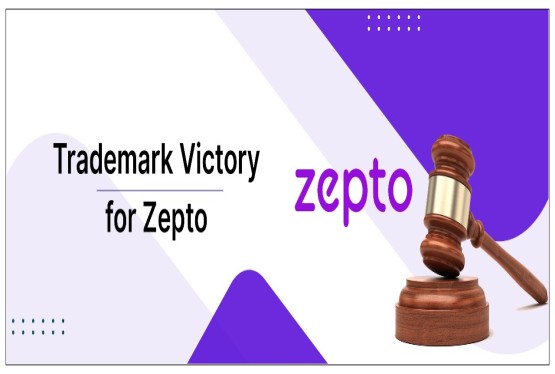




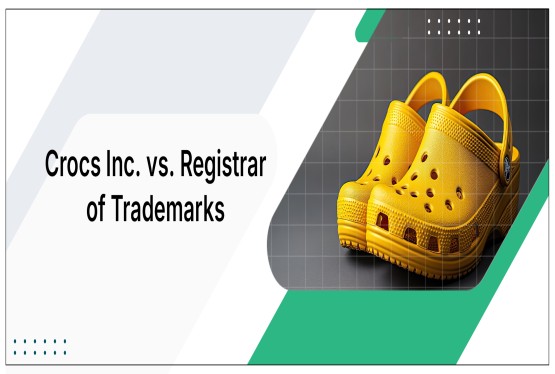















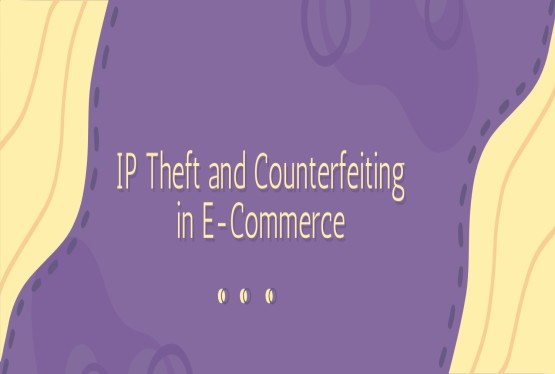












_crop10_thumb.jpg)






